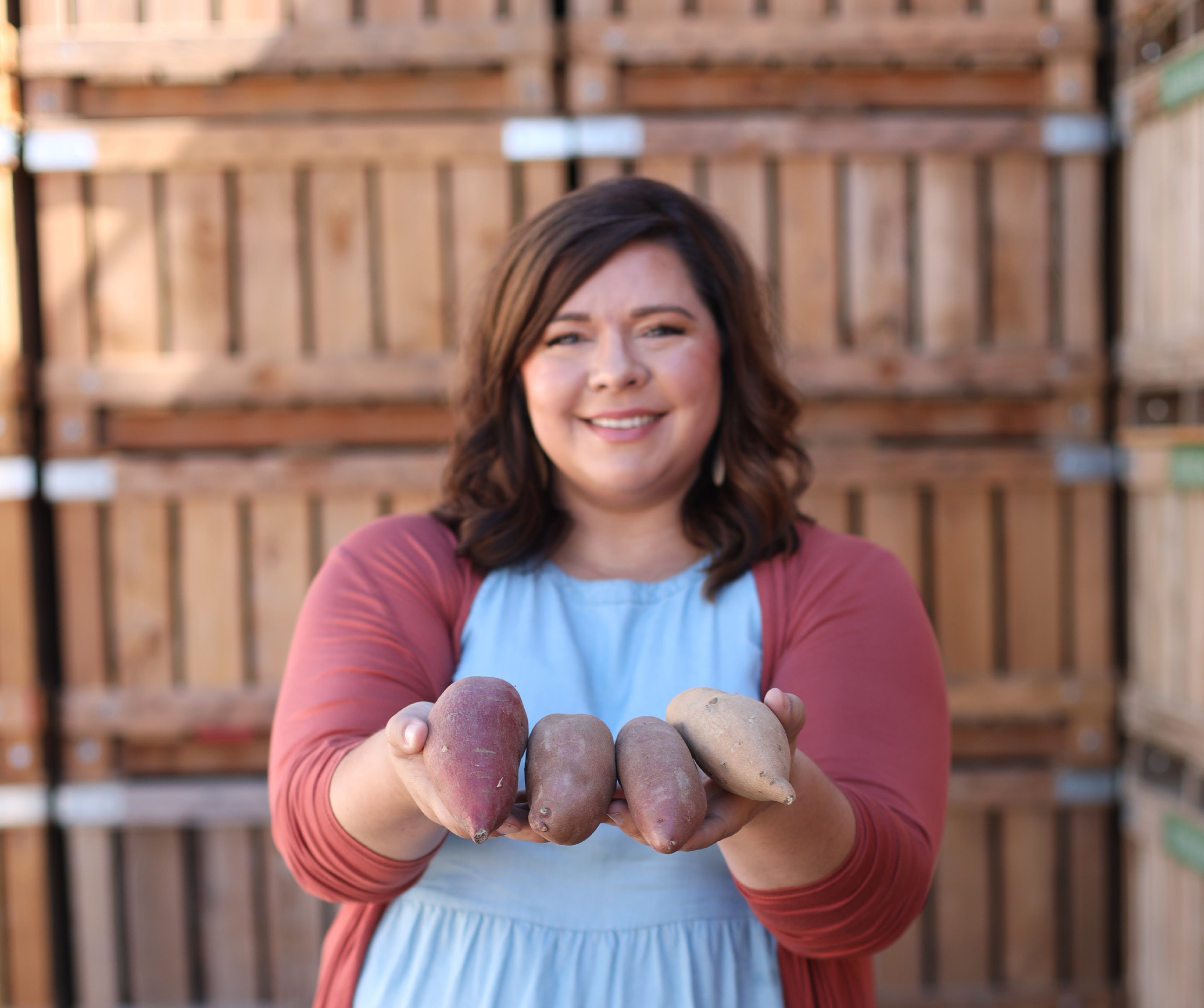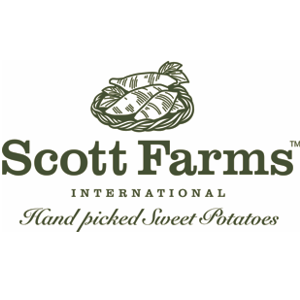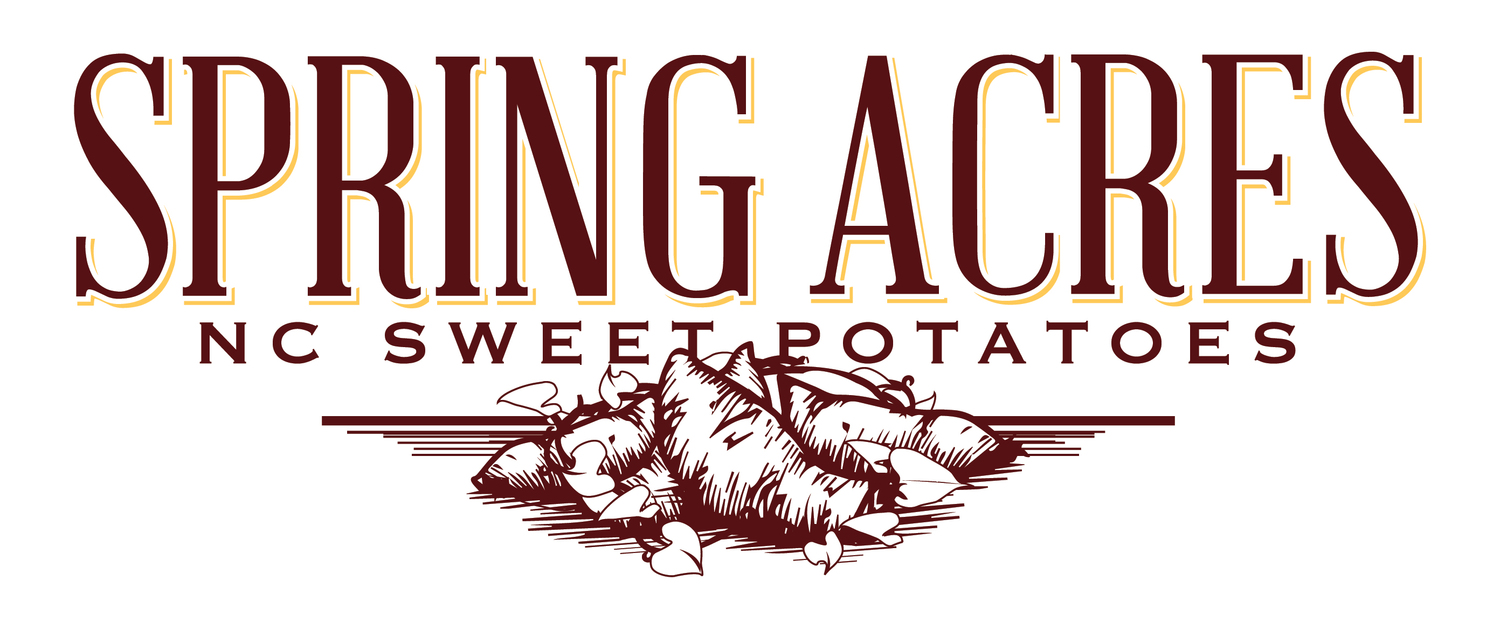Sweetpotato councils and commissions in several U.S. states will have a lot on their plates this fall as they tout the benefits of the spuds.
Here’s a look at some of their plans.
Louisiana Boiling
The Baton Rouge-based Louisiana Sweet Potato Commission will continue to inspire consumers to use Louisiana sweetpotatoes in seafood boils and crawfish boils, says Rene Simon, director.
“It took us a few years to get people used to doing the boils, but this is really starting to get some real traction,” he says.
Traditional white potatoes are commonly
used in the boils, he explains, but the commission is hoping to change consumers’ way of thinking. He says he heard personalities on a New Orleans radio station talking about using sweetpotatoes in a crawfish boil during crawfish season, which kicks off in November.
“We’ve come a long way,” he says. “They’re talking about it on the radio now.”
Since the commission works on a tight budget, it’s turning to social media to reach consumers, largely to share ways to use Louisiana sweetpotatoes.
Consumers love recipes, Simon says. “We’re always looking for new ones and looking for fresh content to put out there.”
Simon says he’s old school when it comes to preparing sweetpotatoes.
“I just like a good baked sweetpotato,” he says. “I’ll do all sorts of other things with them, but it’s hard for me to beat a good baked sweetpotato.”
Even restaurants have been showing more interest in sweetpotatoes, he says.
The Louisiana Sweet Potato Commission has been promoting Louisiana sweetpotatoes since 1952.
Besides their own decades of experience, the state’s growers have the advantage of a sweetpotato research center at the Louisiana State University Agriculture Center, Simon says.
“They help our growers produce a fine sweetpotato,” he says.
Mississippi Plates
The Vardaman-based Mississippi Sweet Potato Council’s partnership with the state’s Department of Motor Vehicles seems to be paying off, says Caleb Englert, president of the council and president of the U.S. Sweetpotato Council.
A special license plate featuring the Mississippi sweetpotato logo and web address of the council has been added to the state’s specialty tag offerings.
“Everybody’s getting them,” Englert says. “We’ve gotten a lot of comments and compliments.”
Cars with the plates call attention to the Mississippi sweetpotato industry wherever they travel, he says.
The council plans to seek out a social media specialist to tout the spuds, possibly by the end of the year. Members are in the process of reviewing ideas for messaging, Englert says.
The organization also is working to obtain a government grant for media support, plans to wrap another 18-wheeler to help promote Mississippi’s sweetpotato industry and has other projects on the drawing board, he says.
Meanwhile, some Mississippi growers had time to meet with elected representatives, USDA staff and others in Washington, D.C., to discuss a slate of issues that affect the Mississippi sweetpotato industry, especially labor and H-2A wage rates, Englert says.
The growers received a warm reception, he says, and were encouraged to hear that some positive changes might be made.
“That would be a breath of fresh air for our growers,” he says. “Without the H-2A program, they wouldn’t be able to farm.”
Profit margins have been diminishing rapidly for specialty crop growers over the past several years, Englert says.
Colorful California
The Livingston-based California Sweetpotato Council’s “Can You Top This?” marketing campaign highlights the health, taste and versatility of California sweetpotatoes, says Sarah Alvernaz, the council’s marketing chair and general manager for California Sweet Potato Growers.
“In California, we sell in color — red, orange, white and purple,” she says, referring to the skin and flesh colors of the sweetpotato varieties grown in California.
Those sweetpotato varieties include bonita, murasaki, vermillion, Diane, Bellevue, Covington and more.
“Our climate, soil and handling practices make California the one-stop shop for all things sweetpotato — including organic,” Alvernaz says.
Demand for the murasaki and bonita
varieties have been especially strong because supplies were tight during the summer, she says.
Both are white-flesh sweetpotatoes known for their nutty flavor, and they’re growing in popularity as consumers add different types of sweetpotatoes to their diet, Alvernaz says.
Purple varieties, known for their vibrant color and rich vitamin content, are also in high demand, she adds.
“California reds and oranges are being shipped, and their fresh-from-the-field glow is giving store shelves that pop of color that is perfect for a harvest kickoff,” Alvernaz says. “When retailers expand the category to include multiple varieties, it makes for vibrant displays.”
The California Sweetpotato Council’s recipe page — casweetpotatoes.com/recipes — is filled with “fresh, fun and creative ways to add sweetpotatoes to any menu or grill,” she says.
Recipes include grilled sweetpotato wedges, grilled sausage and pepper-topped sweetpotatoes, hoisin grilled steak and many others.


















